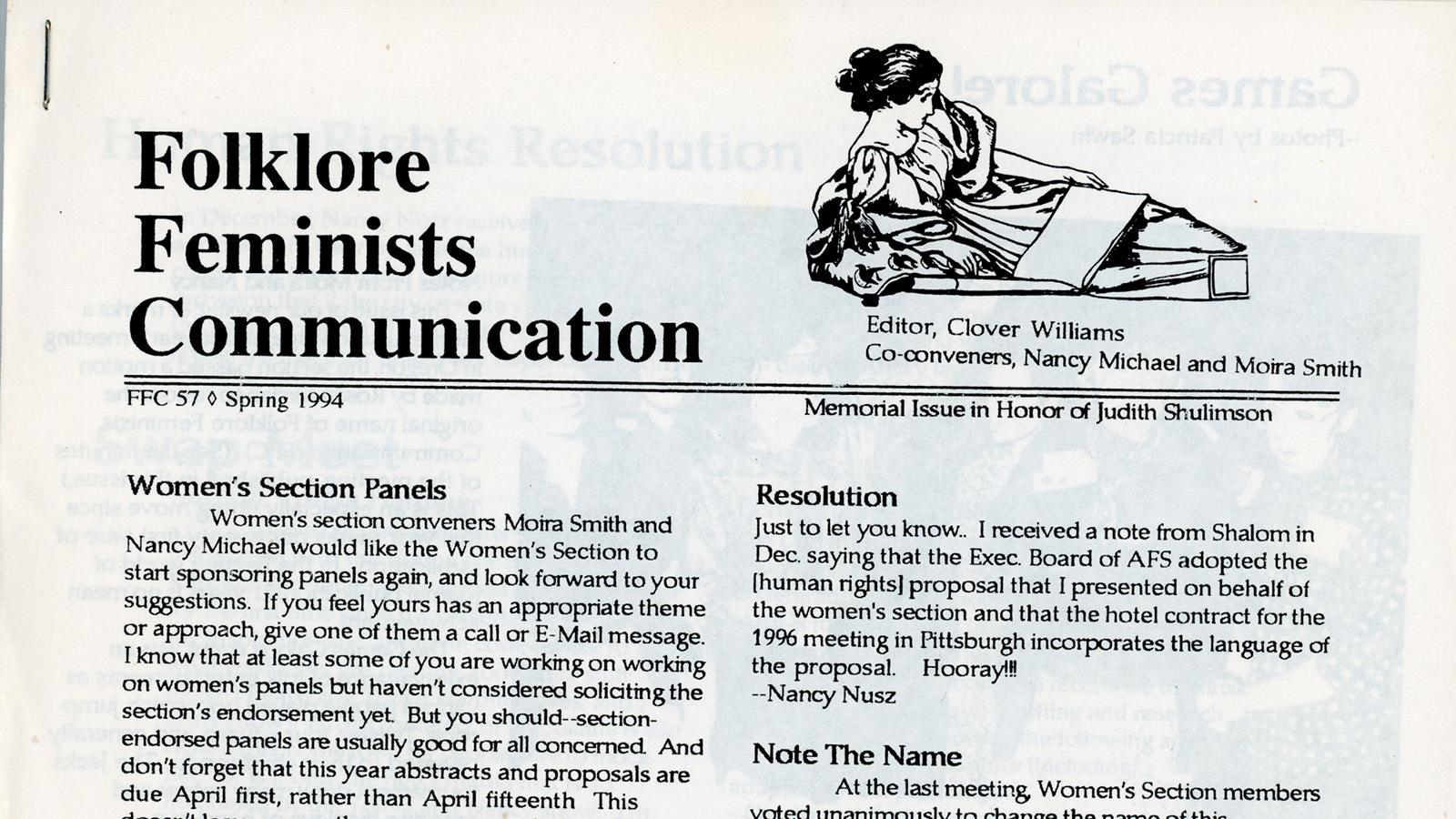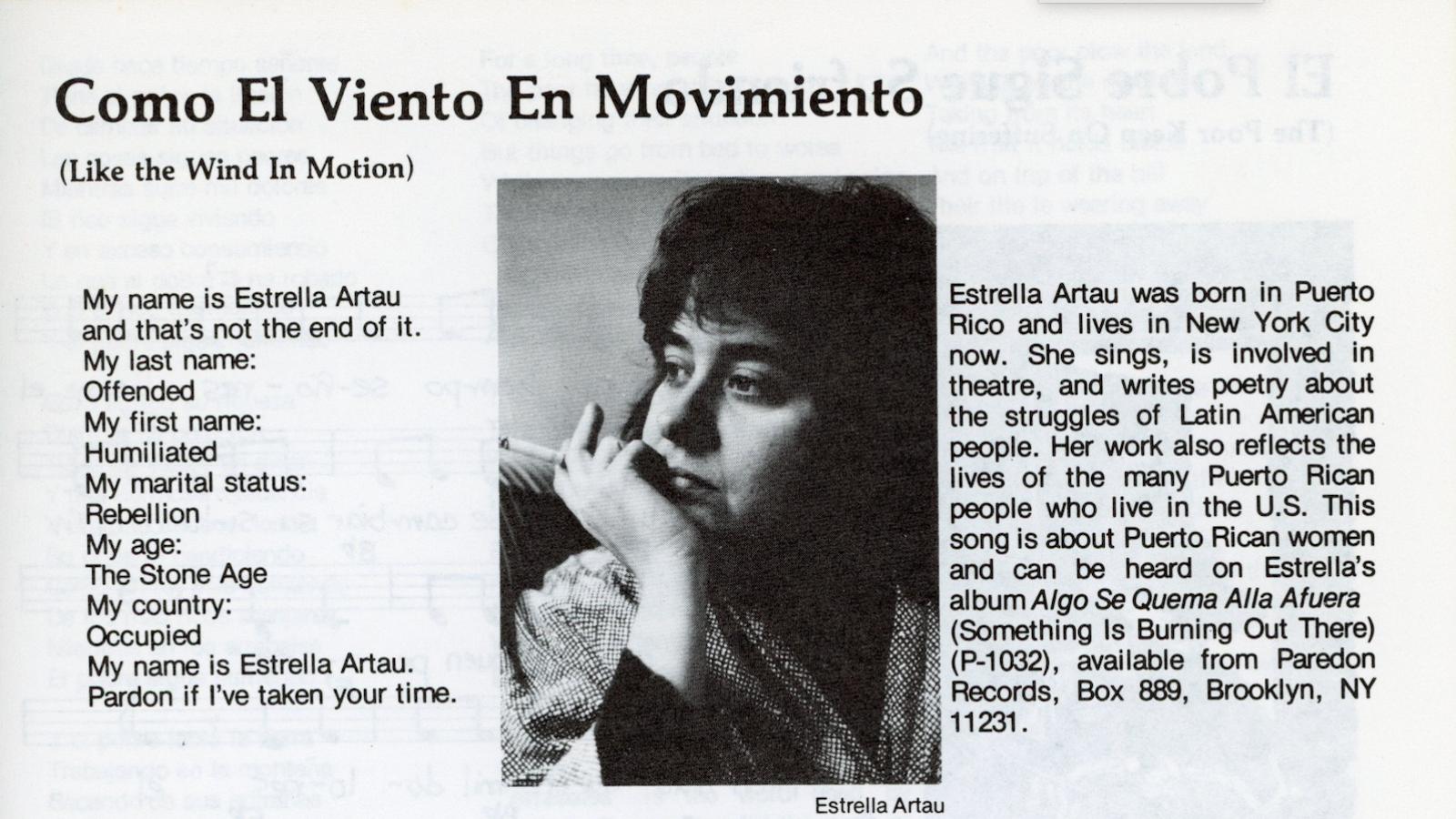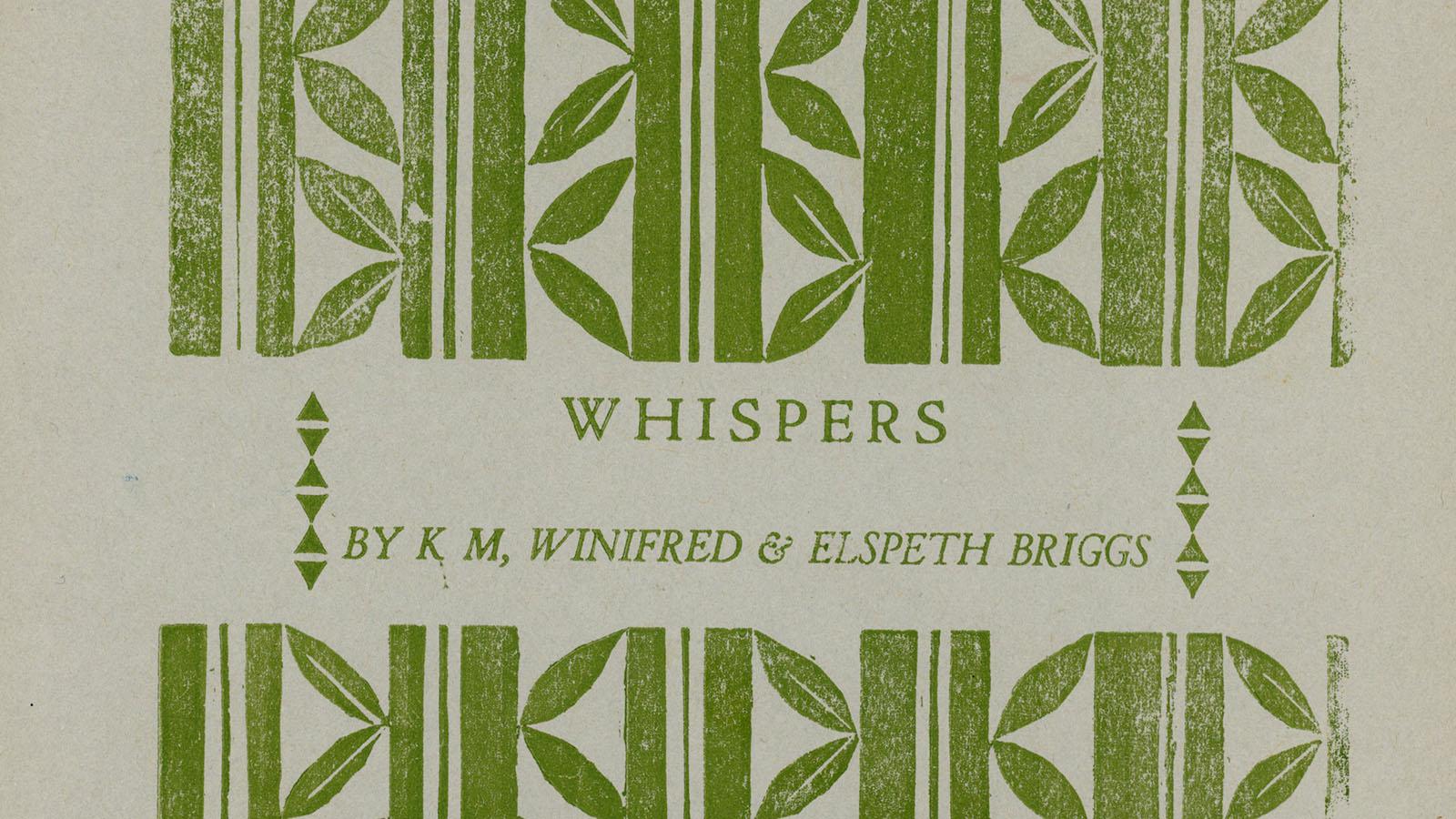The Grey Literature Collection contains 140+ magazines, pamphlets, periodicals, journals, and other print media. These print materials were collected by Center for Folklore Studies faculty through individual purchases or subscriptions, with publications from the 1950s through the late 1990s. Most publications in this collection focus on the Folklore, Folklife, and history in Columbus, and Central/ Northern Ohio. These publications represent efforts by local and state organizations to document folklore and local history during the 1960s-1980s. Other publications also cover regional traditions in West Virginia, Appalachia, and the South. In addition to thematic and geographic focus, the collection contains items related to feminism and the Civil Rights movement. The collection represents the varied professional and intellectual interests of Folklorists at the Ohio State University.
Selected Publications; Thistledown (Ohio Folklore); Black Perspectives on the Bicentennial; Michigan Folklife Annual (1996-1999); Folklore Bulletin (2000-2005); Folklore Newsletter (1998-2000); Folklore Bulletin: The Middle East and South Asia (1992-2000); We Continue Forever: The Sorrow and Strength of Guatemalan Women (1983); The Franklin County Historical Society (1955-1957); Ohio Journal (1983-1985); Landmarks (1960-1961); Digest (1992)
See below for detailed information about some of the collections highlighted holdings.
Grey Literature Collections
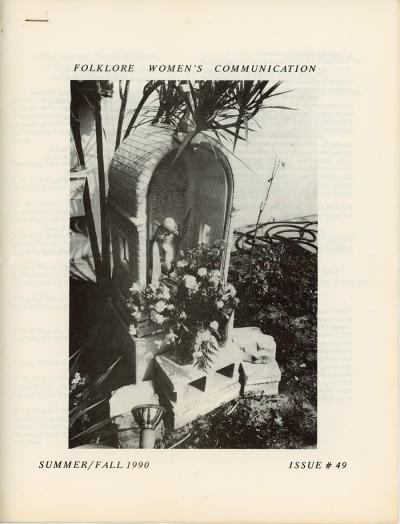
The Women’s Caucus of the American Folklore Society published the Folklore Feminists Communication (ffc) from its founding in 1973 to 2000, when it was moved to a digital format. ffc was published as Folklore Women’s Communication (fwc) from 1978 to 1993. ffc/fwc included notes from ongoing research, syllabi for classes on women’s/feminist folklore, calls for papers, minutes from the Women’s Section business meeting, member obituaries, and other sundries. Each year they published a pre-AFS edition that included panels of note and places of interest in the area, including women’s bars. It also documents the traditions of the Women’s Caucus, including the first croning.
ffc/fwc documents discussion of folklore and feminism over time. Jeana Jorgensen argues you can trace the fields contention with political and theoretical feminism through the essays and thoughts published in the newsletter.
The Center for Folklore Studies holds 57 editions from 1973 to 1998.
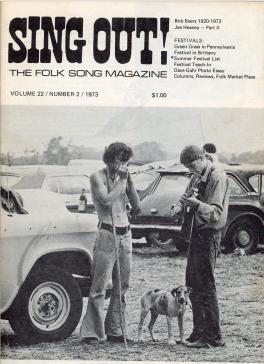
This collection contains 32 issues of the folk music periodical Sing Out!: The Folksong Magazine from 1973 to 1979, and one issue from 1963. The collection also includes a single issue of the Journal of Women and Music from 1978. The Sing Out! journals represent a period of musical, pedagogical, and cultural discourse after the height of the folk revival.
Sing Out!'s readership was deeply engaged in learning and performing folksongs. The issues include the melody, lyrics, and chord changes to popularly and topically interesting folk songs. In addition to music notation, some issues included vinyl "song sheets" to allow folk-enthusiast to learn the songs by ear and pick up on stylistic traits described in accompanying writing. Interviews with practitioners were "credibility" and "authenticity" to the contextual writing and stylistic notes. Recurring interviews and columns presented individuals invested in both industry, culture, and scholarship, including "Johnny Appleseed" by Pete Seeger. The issues also contained numerous advertisements from instrument makers and suppliers, record labels ranging from large commercial imprints (e.g., Prestige Folklore Records) to small independent operations, festivals (e.g., Smithsonian Folklife Festival), and other businesses active in maintaining Folk music industry and culture.
Throughout its lifespan, Sound Out! maintained a staunch leftist political orientation through the folk musical traditions it covered. Notably, the Center for Folklore Studies collection holds special issues dedicated to liberation movements in the Caribbean, Latin, and South America (e.g., Puerto Rico) and emerging women's liberation and Black political movements in the United States.
The CFS Grey Literature collection contains historic pedagogical and teaching resources. The most substantial is the Folksong in the Classroom series. Based in New York City, the publication printed a range of articles by teachers, practical lesson plans, and folk songs for use in K-12 classrooms. Similarly, the earlier Cooperative Recreation Service Pamphlets contain folksongs organized by theme to be used by young people and enthusiasts. The other publications represent record collecting guides and popular criticism on Folk and Jazz music. The items represent patterns of folk song collecting and print material distribution from the mid 20th century.
Collection Holdings:
- Folksong in the Classroom (1981-985); 9 items
- Cooperative Recreation Service Pamphlets, Delaware Ohio (1938-1971); 12 items
- World Around Song/Informal Music Services; 8 items
- John Hancock Mutual Life Insurance (Boston, 1928)
- Appalachian Movement Press (1971)
- Folk and Jazz Journalism and Criticism
- Spin (vol 3, No. 2)
- Storyville
- Caravan: The Magazine of Folk Music (1959-1960)3 items
- The Needle (1944); 3 items
- Folk Recording (1989)
- Sing and String (Vol 1, no 4)
- Miscellaneous Sheet Music
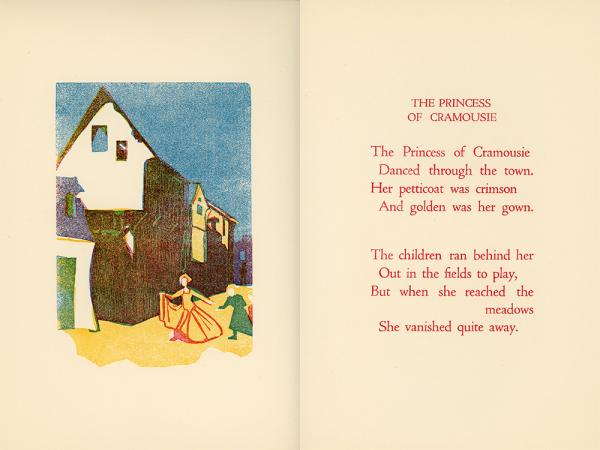
KM (Katherine Mary) Briggs (1898-1980) was a British folklorist who published extensively on British fairytales and folklore. In the early to mid-20th century, she and her sisters Winifred & Elspeth, published typescript poems, plays, and story collections with Capricornus. While KM Briggs would go on to have a prolific academic career, the Capricornus publications are creative re-tellings of British folklore by all three sisters that they were able to produce and disseminate in part because of their wealth.
The Center for Folklore Studies holds 7 of these original typescript items, most of which include artwork to accompany the text.

